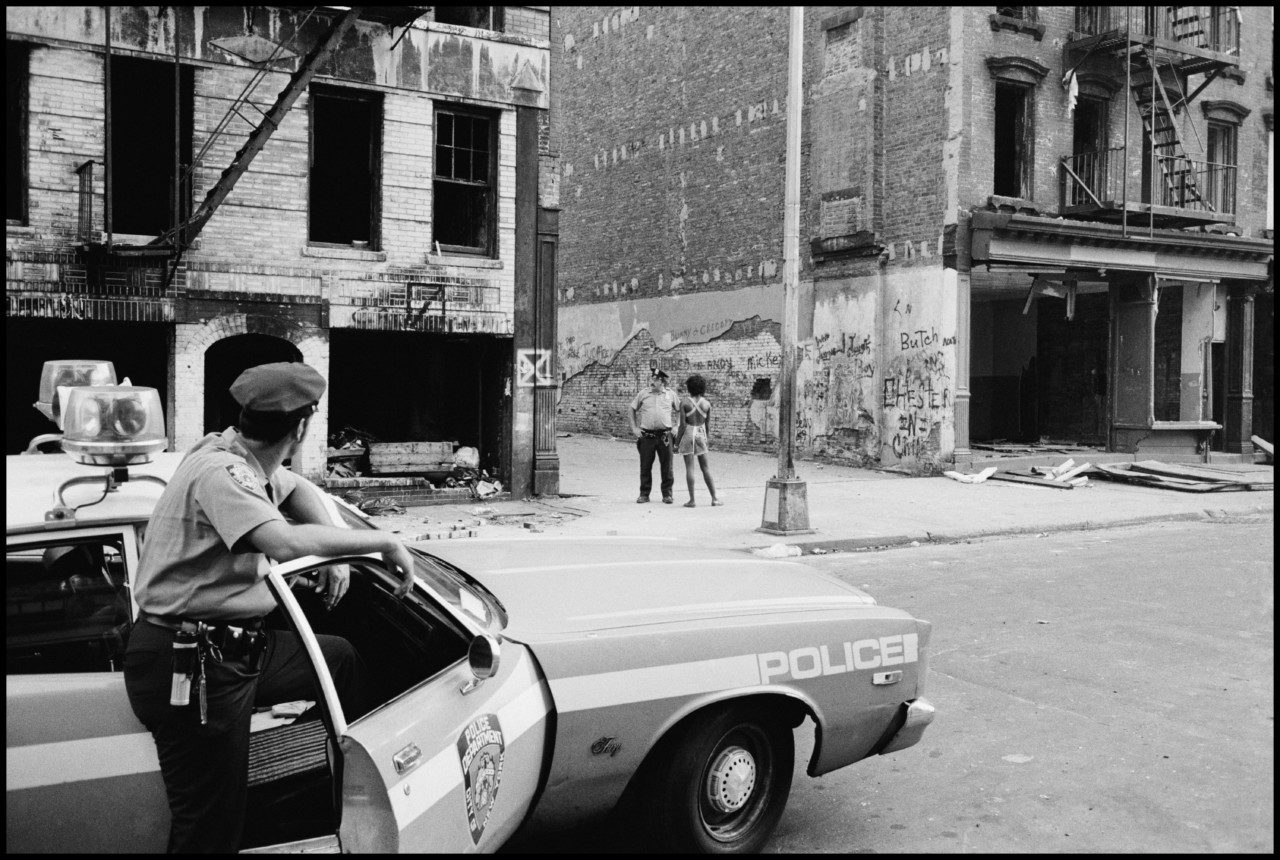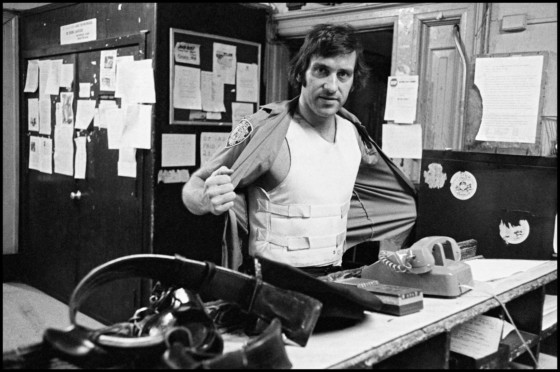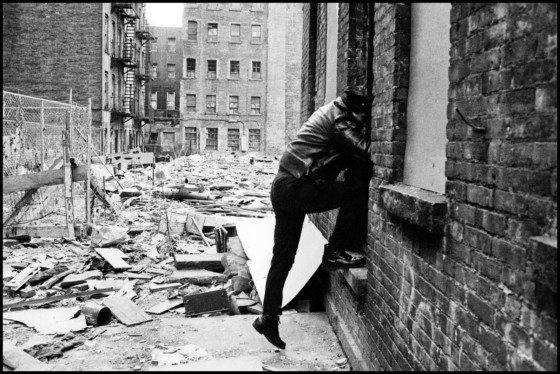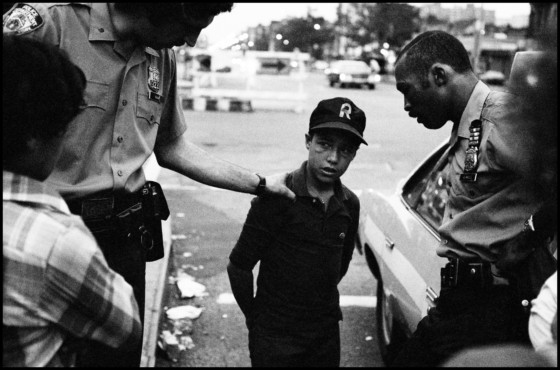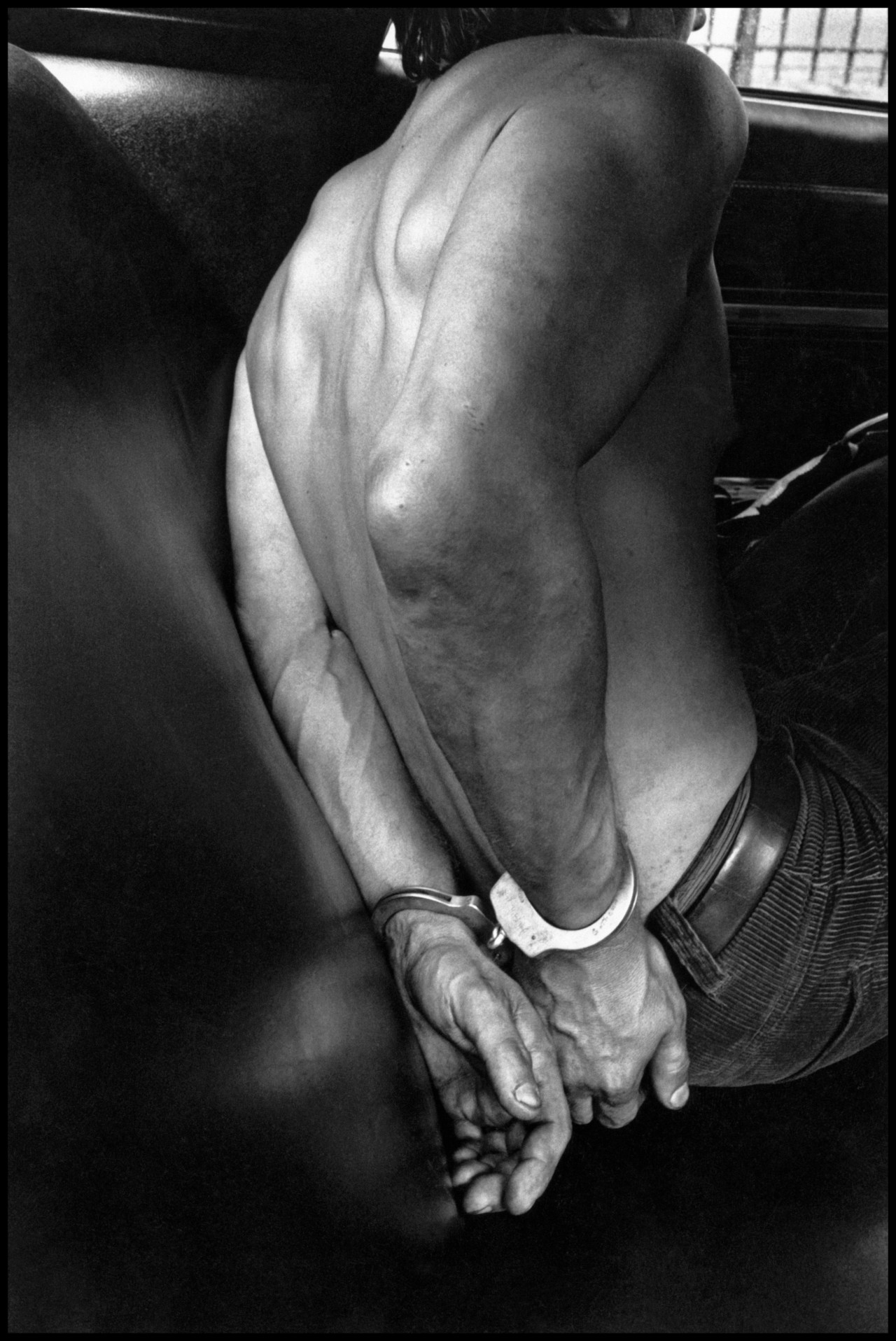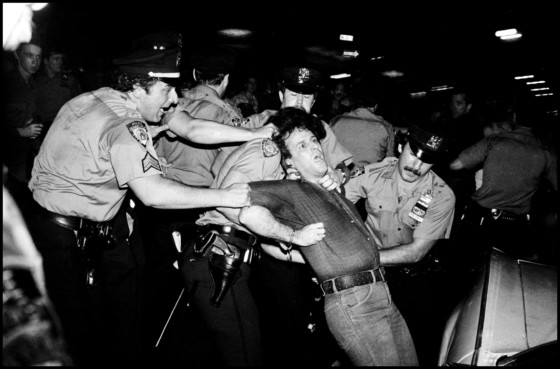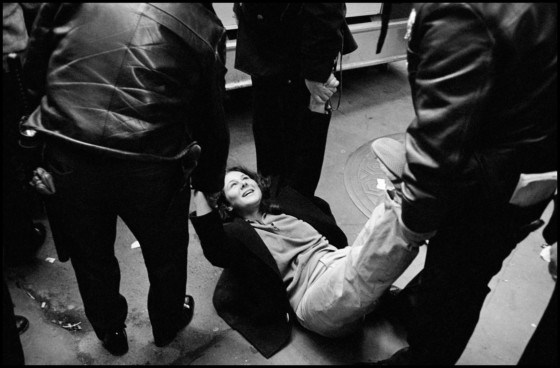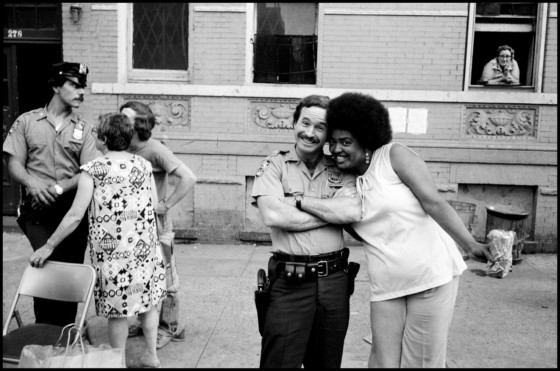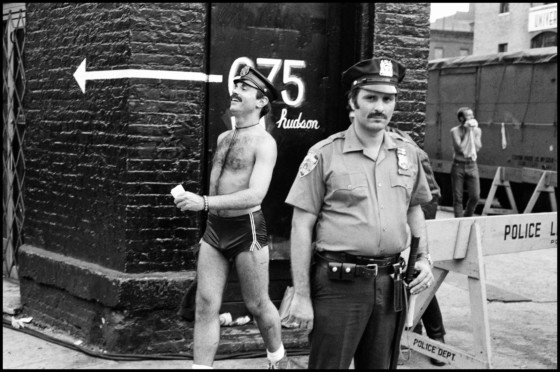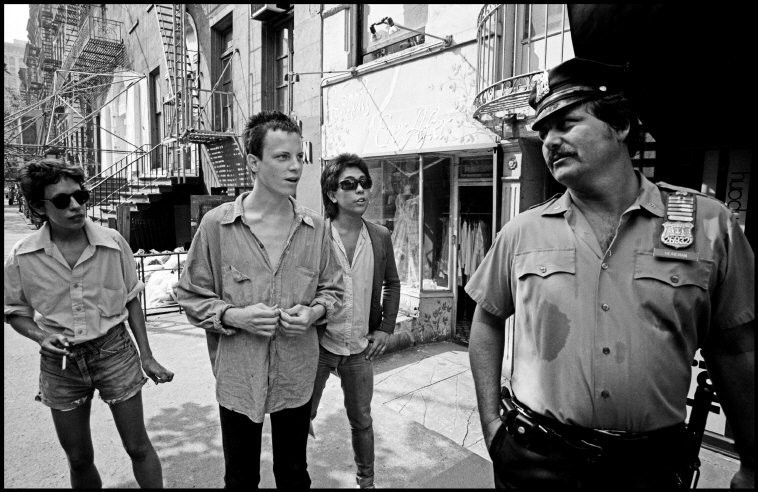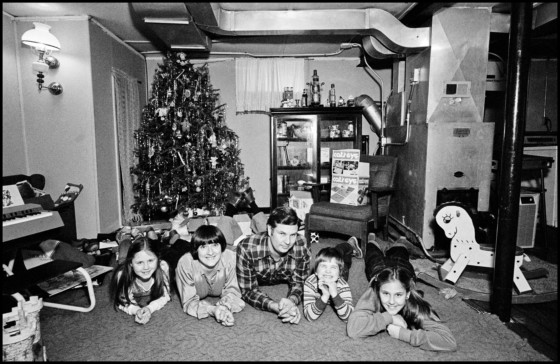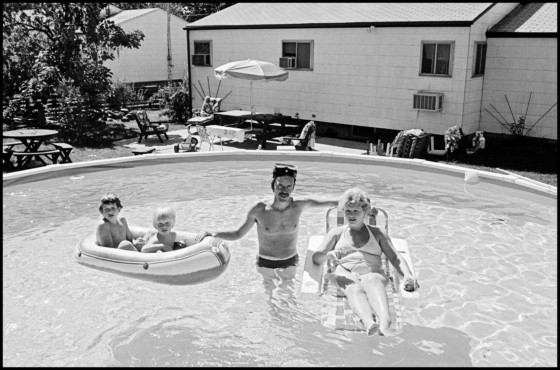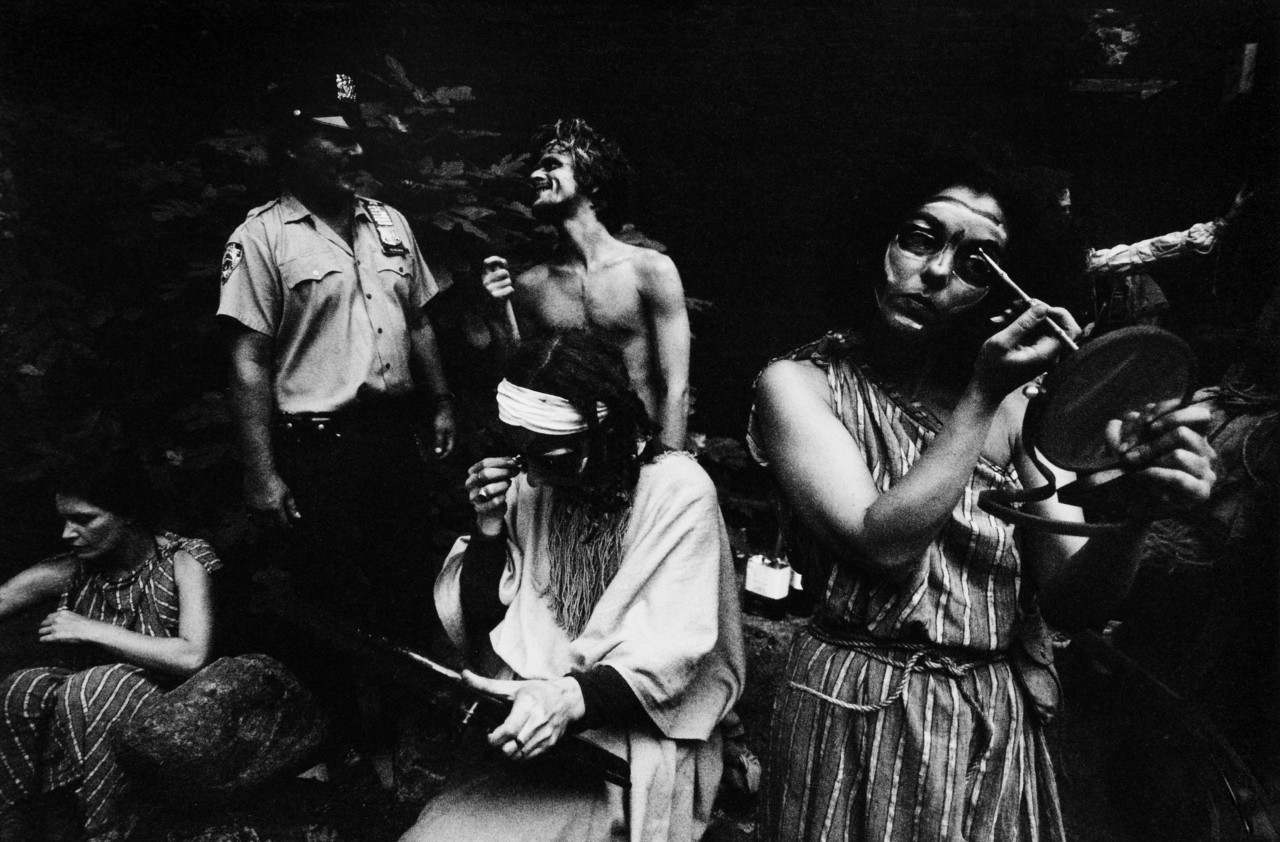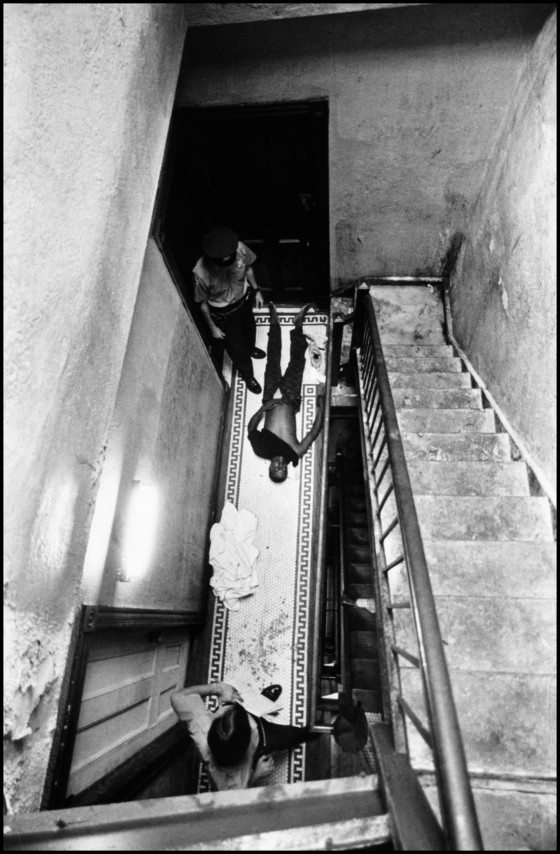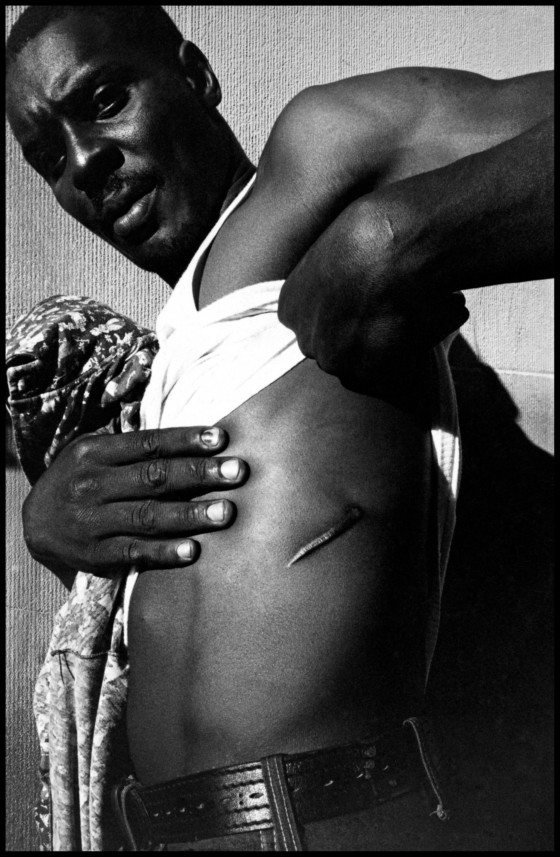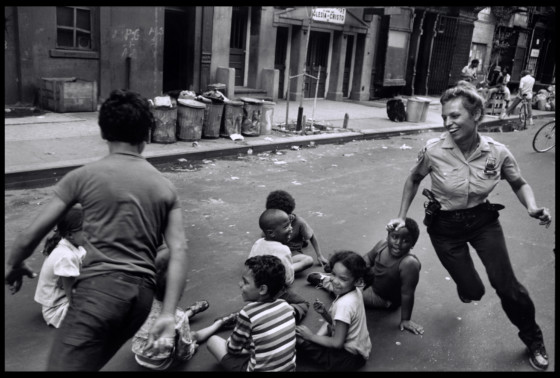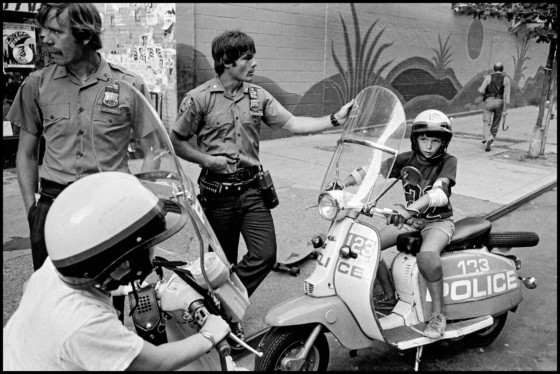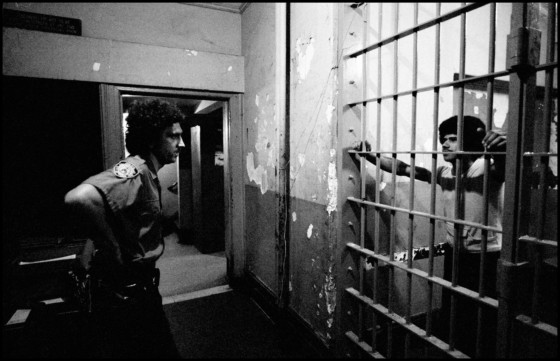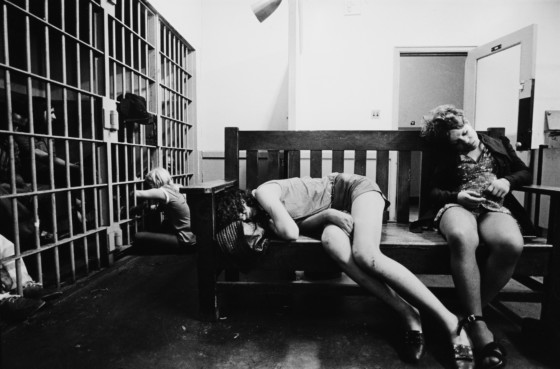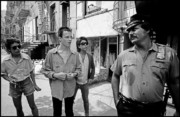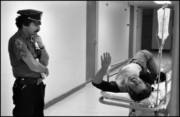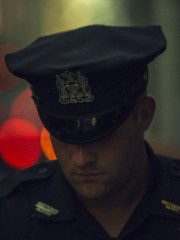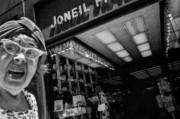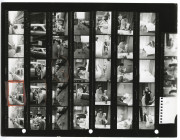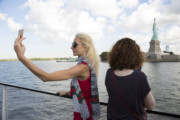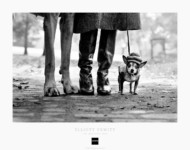Police Work: Leonard Freed’s photographs of the NYPD
Revisiting the daily life of New York City's Police Department during the famously tumultuous 1970s
The early 1970s were a challenging period for the New York City police. Charged with widespread corruption and racketeering in Detective Frank Serpico’s 1971 testimony to the Knapp Commission, and the target of anti-Vietnam War demonstrators’ venom, the NYPD faced both soaring crime rates and budget cuts. New York was a city in crisis. Leonard Freed set out to explore the realities of police lives and work, leading him through an odyssey into New York’s dark heart.
In Police Work, Leonard Freed worked alongside the policemen of New York to see what life ‘on the beat’ was really like. What he documented is an elegant yet grittily realistic portrait of ordinary people doing a “sometimes boring, sometimes corrupting, sometimes dangerous, ugly and unhealthy job”.
In this text, extracted from Magnum Stories, Freed recounts photographing the NYPD throughout the 1970s, and explains why, for him, photography represents not just an opportunity to gain insights into the self, but also his credo.
“The series of police stories started with demonstrations outside my building in New York during the Vietnam War. It was about 1972 and the building was full of radicals, and they were calling the police ‘Pigs’ all the time. But the policeman is just a working man: they’re not college graduates, or psychiatrists, judges or social workers. If a policeman makes one mistake and shoots someone by accident, then he’s a murderer. With the courts, power is distributed around; no one is individually responsible like the policeman is. Michael Rand at the Sunday Times magazine gave me an assignment, and then Stern magazine and Paris Match were interested so I built up a body of work.
Basically, all the projects I’ve chosen are to psychoanalyse myself – to find out who I am in relationship to other people. If I photograph black people or Germans or Jews or artists, I’m trying to work out my relationship to other people. It’s a process where at a certain point you have the answer, and you recognize everything from then on is redundant and there’s no need to do anymore. That’s when the work is finished. With the police, I became comfortable with them and I knew how they thought. At that point I thought the work lacked unpoliceman-like photographs, so I made some of police in their homes, away from the job. Then it was done.”
"Basically, all the projects I’ve chosen are to psychoanalyse myself – to find out who I am in relationship to other people"
- Leonard Freed
“You have these strange experiences as a photographer. Ultimately photography is about who you are. It’s the seeking of truth in relation to yourself. And seeking truth becomes a habit. It’s like the policeman who walks around for five years with a gun – he thinks differently from someone who doesn’t walk around with a gun. You become your job in a way.
I think for me photography has become a substitute for religion. Religion says that this is the Bible and the Bible tells you the truth. And if you believe it, then it is the truth. I think all people need a certain spirituality, and it can come in any form as long as its what you believe is the truth. If you are a surgeon and you cut open the body, you say, ‘This is the truth.’ And someone else can have another kind of belief. But we are all seeking truth. In photography we look for the truth – for me a photograph can be the ultimate truth. Why do we want to see an original Rembrandt rather than see a copy? The copy is nice but we need to see the original. We need to believe that what we see is true.”
This story was published in the book Magnum Stories, published by Phaidon. A very limited number of copies of Magnum Stories are available from the Magnum Shop, signed by Magnum photographers.
Reproduced from Magnum Stories published by Phaidon Press Limited © 2004 Phaidon Press Limited


